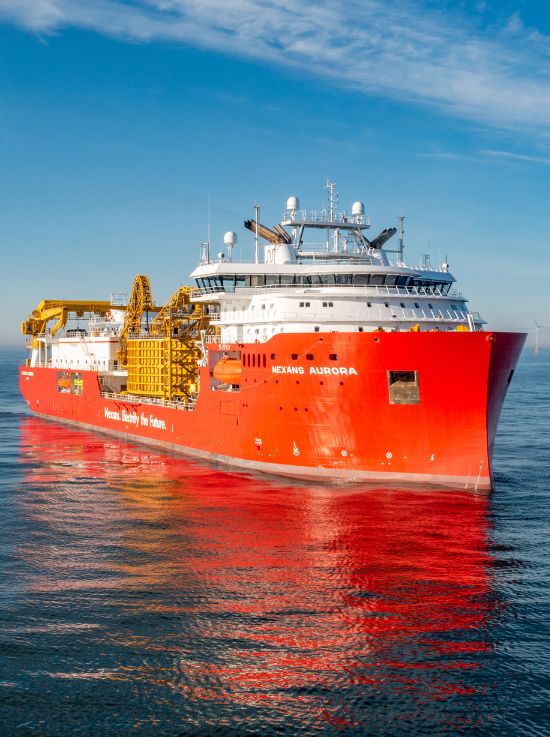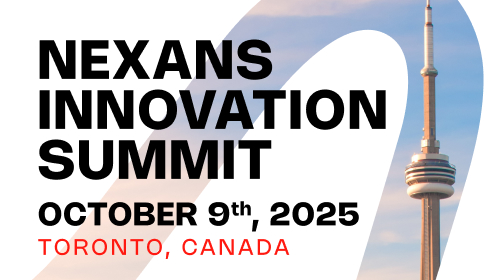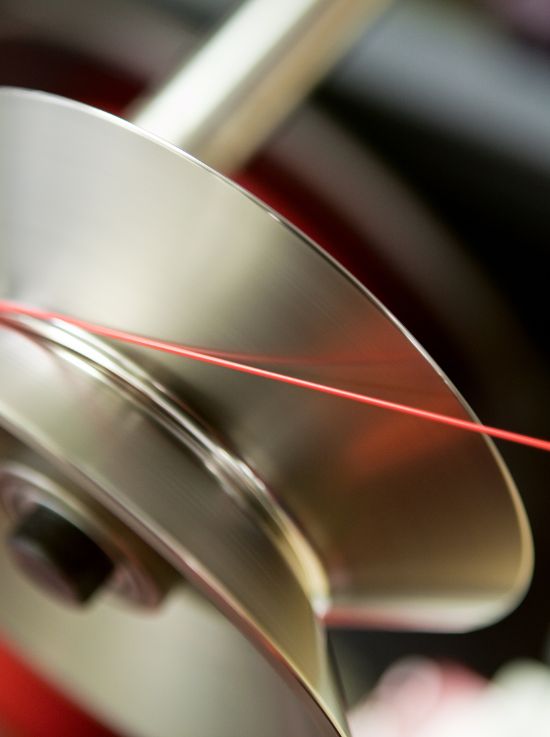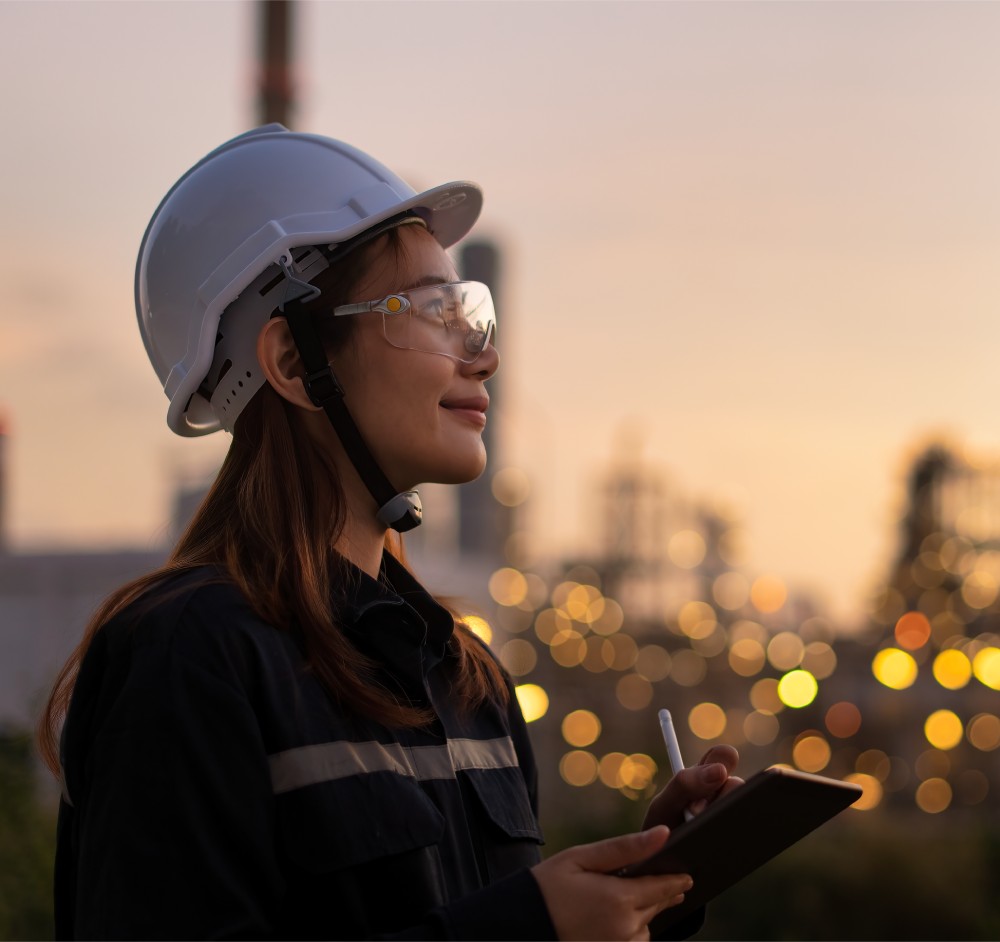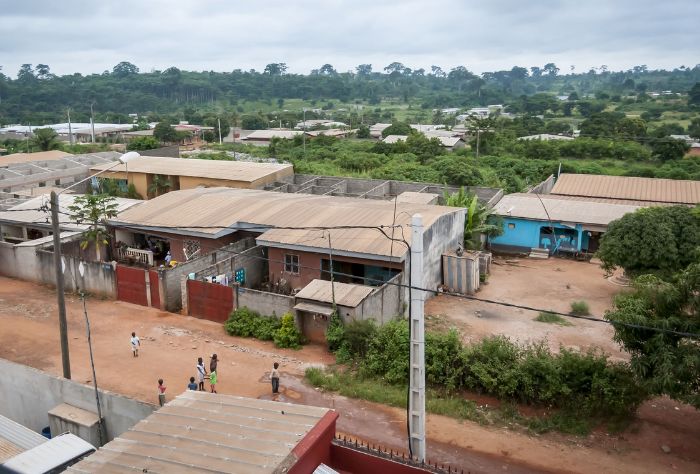Distribution networks

Modernizing distribution networks to accelerate the pace of electrification
We are entering a phase where the pace of electrification is accelerating. In 2022, global electricity consumption rose by 2.4%, reflecting a trend that is set to continue over the coming decades. Energy players are investing in wind farms, solar farms, and hydroelectric power plants, as well as modernizing nuclear sites. The purpose of all these projects is to secure sources of supply, improve the efficiency and reliability of infrastructures and act in favor of the environment.
To support these players and ensure a sustainable supply of electricity, Nexans has developed solutions to enhance the performance of distribution networks, and to deliver reliable and secure interconnections. We apply eco-design principles in our manufacturing processes and practices.
Challenges associated with modernizing electricity distribution networks
To achieve net zero by 2050, in line with the Science-based target initiative (SBTi), major investments in distribution networks are required. Large-scale electrification is essential to meet the growing need for decarbonized energy. In 2023, investments in the energy sector were expected to total around US$2.8 trillion, including over US$1.7 trillion for clean energies.
Major changes are under way in the energy industry, which is on the verge of a revolution. It is therefore essential to modernize distribution networks, making them more sustainable, adaptable and efficient.
As a cable manufacturer, we have a major role to play in transforming networks. From the design of our cables to their use, we aim to limit the environmental impact of our products and installations. By implementing the principles of eco-design, we are able to select sustainable materials and adapt our manufacturing processes.
Responding to the need for more power, we develop solutions that increase distribution capacity with no trade-off in efficiency or reliability. In this way, we are helping to create resilient networks able to adapt and respond to current and future needs.
By 2030
411 GW
is the cumulative capacity that all energy storage installations worldwide are projected to reach (BloombergNEF)
In 2023
1:1.7
ratio of spending on fossil fuels to clean energy, in dollars
Nexans’ solutions
- Develop solutions that make it easier to integrate renewable energies. Nexans EDRMAX is a good example. Eco-designed for easier connection to renewable energy networks, it also has a reduced environmental impact.
- Supply a range of low-carbon LV/MV cables in France, eco-designed and certified by the PEP ecopassport®, guaranteeing the application of eco-design principles throughout the life cycle of our products.
- Cut greenhouse gas emissions during the production phase of our LV and MV cables by between 35% and 50%.
- Use low-carbon and recycled materials such as copper, aluminum and plastic.
- Select our suppliers based on their environmental performance.
- On request, produce a carbon footprint for each project or customer, bringing together the environmental data from several technical proposals.
- Deliver products and services designed to increase the efficiency and reliability of network cable installation (accessories, training, supervision, etc.).
- Submit engineering solutions to optimize project sizing.
The development of our new range of low-carbon cables for energy distribution networks reflects our ambition to continuously go further in meeting the technical challenges raised by our customers. Through our innovations on this product, we were able to find a solution to connect renewables to the grid, as part of a process that is faster, easier and more cost-effective, as well as more environmentally friendly.

Vice President, Power Distribution Cables & Accessories, Nexans
Our objectives
- Maintain our commitment to the PEP ecopassport® (Product Environmental Profile), a label that assesses the environmental performance of a product over its entire lifecycle and certifies its compliance with standard ISO 14025. We have registered 45 PEPs covering over one thousand product references, enabling our customers to view the environmental identity card of our products.
- Be a pioneer in the application of eco-design principles to enhance the environmental performance of our products.

